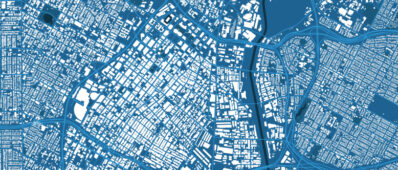Project Summary
Though much of the research on the environmental health effects of vehicular emissions has been around freeways, there is reason to suspect arterials as a major source of risk. Especially considering present-day trends of infill development, patterns of built form around arterials may trap elevated concentrations of air pollutants (e.g., street canyons created by multi-storey condominiums and office buildings) in close proximity to residences. Bringing together expertise in transportation and land use planning and environmental modeling, the research team proposes an unprecedented analysis of the environmental impacts of major arterials. Using a fine-scale wind field and dispersion model (Quick Urban and Industrial Complex), the team will simulate the transport of vehicular particulates (1 and 2.5 micron diameter) around five heavily-traveled Southern California arterials chosen to correspond to five land use types. The model is able to account for the effects of the micro-environment (i.e., built form and other infrastructure) on pollutant transport. The field-calibrated model will then be used to simulate the effects of: (i) alternative land development strategies (e.g., varying building height and setback requirements, infill patterns, zoning) and (ii) alternative transport policies (e.g., idling time reduction, stoplight synchronization, truck traffic scheduling and rerouting). The research will enable us to assess the urgency of incorporating arterials into the environmental planning programs of resource, land use, and transportation agencies, and will provide a method for doing so.


